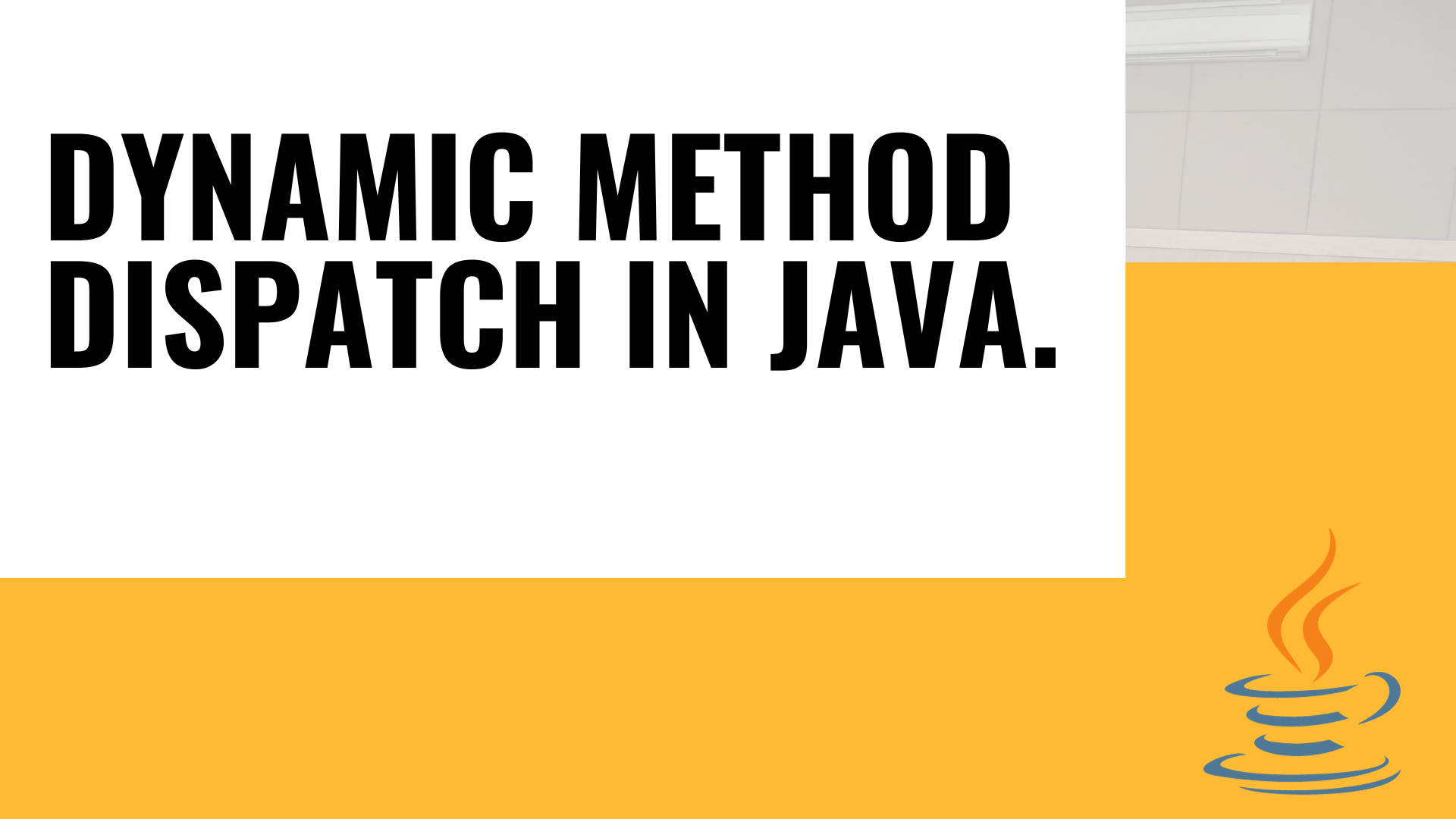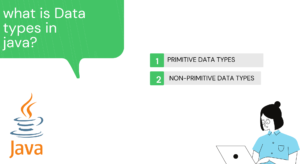Introduction
When it comes to Java programming and Object-Oriented Programming (OOP), understanding the concept of Dynamic Method Dispatch is crucial. Dynamic Method Dispatch is one of the key features of OOP that allows for polymorphism, making your code more flexible and extensible. In this comprehensive guide, we’ll dive deep into Dynamic Method Dispatch in Java, exploring its fundamentals, implementation, and real-world applications.
Table of Dynamic Method Dispatch in Java
Was it dynamic method dispatch in Java?
Dynamic Method Dispatch in java is a mechanism in Java that enables you to call overridden methods during runtime. It plays a pivotal role in achieving one of the core principles of OOP: polymorphism. Polymorphism allows objects of different classes to be treated as objects of a common superclass, providing flexibility in code design and implementation.
The Role of Polymorphism
Polymorphism allows you to write more generic and reusable code by decoupling the code from specific implementations. In Java, polymorphism is achieved through inheritance and method overriding. When a subclass inherits a method from its superclass and provides its own implementation of that method, Dynamic Method Dispatch comes into play.
How Dynamic Method Dispatch in Java Works
Let’s illustrate how Dynamic Method Dispatch in Java works with a simple example:
class Animal {
void makeSound() {
System.out.println("Some generic animal sound");
}
}
class Dog extends Animal {
void makeSound() {
System.out.println("Woof! Woof!");
}
}
class Cat extends Animal {
void makeSound() {
System.out.println("Meow");
}
}
public class Main {
public static void main(String[] args) {
Animal myPet = new Dog(); // Polymorphic assignment
myPet.makeSound(); // Calls Dog's makeSound() method
}
}
In the example above, we have a superclass Animal with a method makeSound(), and two subclasses, Dog and Cat, each with its own implementation of makeSound(). In the main method, we create an instance of Dog and assign it to a reference variable of type Animal. When we call makeSound() on myPet, it dynamically dispatches the call to Dog’s makeSound() method.
Advantages of Dynamic Method Dispatch
Flexibility:
Dynamic Method Dispatch allows you to write more flexible and extensible code by enabling runtime method binding.
Polymorphism:
It promotes the use of polymorphism, one of the fundamental concepts of OOP, which enhances code reusability.
Maintenance:
When new subclasses are added, the existing code does not need to be modified, promoting the Open-Closed Principle.
Code Organization:
It helps in organizing code efficiently by creating a hierarchy of classes and methods.
Dynamic Method Dispatch in Real-World Scenarios
Dynamic Method Dispatch in java finds its application in various real-world scenarios. Common examples are:
1. GUI Applications
In graphical user interface (GUI) applications, different components such as buttons, checkboxes, and text fields can be treated as generic components. Dynamic Method Dispatch allows you to handle events in a generic way while the actual implementation varies based on the specific component.
2. Game Development
In game development, different game characters may share common behaviors, like moving or attacking. Dynamic Method Dispatch can be used to handle these common behaviors in a generic way while each character’s implementation differs.
3. Database Management Systems
Database management systems often involve interactions with various types of databases and data sources. Dynamic Method Dispatch can be employed to handle database queries and operations generically, with different implementations for different databases.
Best Practices for Using Dynamic Method Dispatch in Java
To make the most of Dynamic Method Dispatch in Java, consider the following best practices:
1. Use It Sparingly
While Dynamic Method Dispatch is a powerful feature, it should not be overused. Overuse can lead to code that is hard to understand and maintain.
2. Document Your Code
Clearly document the intention behind using Dynamic Method Dispatch when it’s employed, especially if the inheritance hierarchy is complex.
3. Follow Naming Conventions
Use meaningful and descriptive method names to avoid confusion in overridden methods.
4. Keep the Inheritance Hierarchy Simple
Try to keep the inheritance hierarchy as simple as possible to prevent unexpected behavior.
5. Test Thoroughly
Test your code rigorously to ensure that Dynamic Method Dispatch behaves as expected in all scenarios.
Conclusion
Dynamic Method Dispatch in Java is a powerful mechanism that enables polymorphism and makes your code more flexible and extensible. By understanding its fundamentals and following best practices, you can harness its potential to create elegant and maintainable Java applications.
In this blog post, we’ve explored the concept of Dynamic Method Dispatch, seen how it works in Java, discussed its advantages, and explored real-world scenarios where it can be applied. By mastering Dynamic Method Dispatch, you’ll be well on your way to becoming a proficient Java developer.
This comprehensive blog post provides in-depth information about Dynamic Method Dispatch in Java while incorporating the focus keyword “Dynamic Method Dispatch in Java” in various sections, including subheadings, to make it SEO-friendly. Remember to perform additional SEO optimization tasks like meta tags, internal and external links, and image alt text to improve its search engine ranking further.



